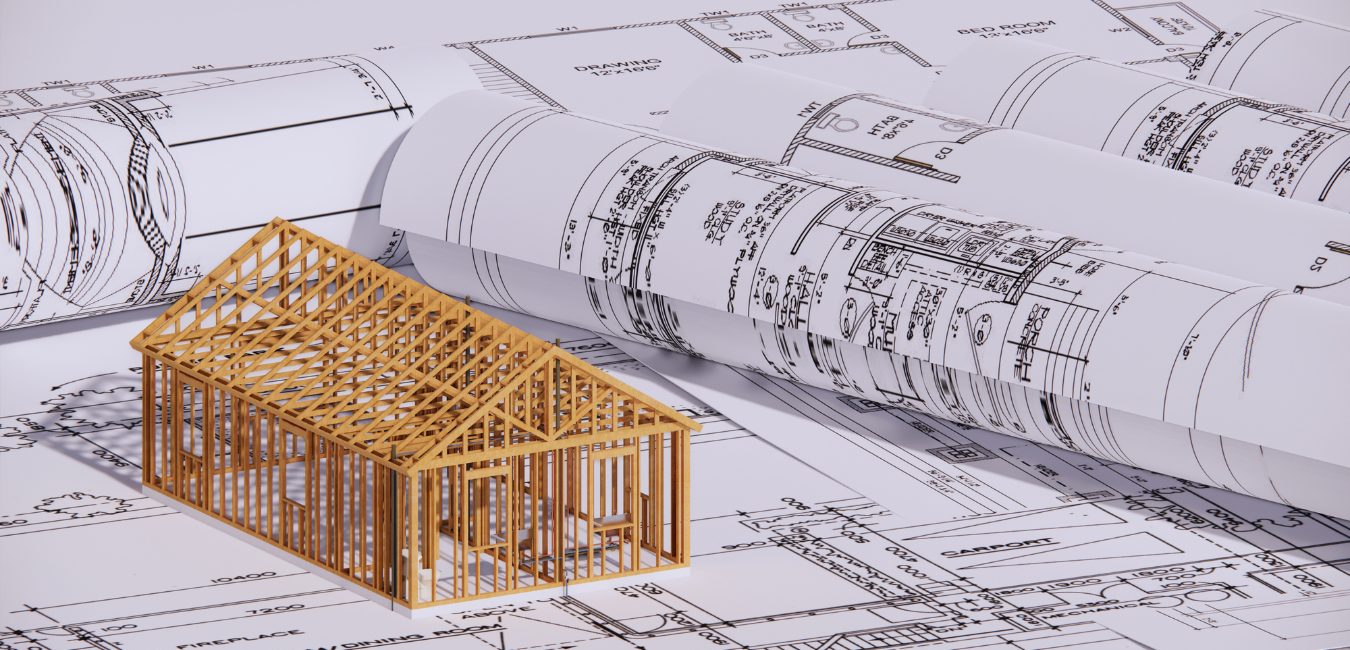Recognizing the Collaborative Process Between Engineers and Engineers in Modern Construction Projects
The collective procedure between architects and engineers is vital in modern-day building and construction jobs, as it balances design intent with design feasibility. Exploring these characteristics exposes understandings that might substantially influence project outcomes and general market criteria.
The Relevance of Partnership
The joint synergy in between architects and designers is necessary for the effective realization of any kind of construction task. This collaboration unites distinct proficiency and perspectives, enabling the assimilation of ingenious layout with practical engineering options. By interacting, designers and designers can guarantee that a task not just fulfills aesthetic and functional needs but additionally follows safety and security, sustainability, and financial restraints.
Cooperation fosters a common vision, promoting the placement of objectives and assumptions from the beginning. This alignment is critical in resolving potential obstacles and mitigating dangers that might occur during the project lifecycle. A collective method allows for the reliable appropriation of resources, enhancing both time and price.
The significance of partnership reaches the iterative procedure of layout and construction, where comments from designers can educate building choices, bring about more feasible and sustainable designs. Alternatively, designers can inspire designers to assume artistically concerning exactly how to achieve architectural stability without compromising imaginative intent. Eventually, the collaborative connection in between designers and designers is not just valuable; it is fundamental to the development of high-quality, useful, and innovative built atmospheres that satisfy the demands of culture.
Interaction Methods and Devices
Reliable interaction methods and devices are vital for fostering collaboration between architects and designers throughout the job lifecycle. Developing clear channels of interaction is necessary to make sure that all group members are aligned with task objectives, timelines, and duties. Normal conferences, both in-person and online, provide possibilities for stakeholders to discuss progress, address issues, and make notified choices.
Using task management software program, such as BIM (Building Information Modeling) systems, improves cooperation by making it possible for real-time sharing of style modifications and technological specs. These devices assist in openness, permitting architects and designers to picture changes and evaluate their impact on the general project.

Shared Goals and Task Vision

Developing common objectives includes open discussion and a comprehensive understanding of each discipline's contributions. Architects typically concentrate on design intent, spatial relationships, and user experience, while engineers emphasize structural honesty, systems performance, and compliance with laws (cda architects). When these point of views are lined up, the outcome is a cohesive task that sticks to both innovative goals and technological feasibility
Moreover, a distinct project vision promotes accountability among team participants, motivating each individual to take ownership of their function in accomplishing the preferred result. Regular check-ins and collective workshops can further enhance this dedication, permitting modifications to be made as the job progresses. Eventually, a common vision not just enhances synergy but likewise raises the high quality of the final deliverable, causing successful job completion.
The Function of Innovation
Leveraging innovation has become important in enhancing cooperation between architects and designers. Building pop over here Info Modeling (BIM) stands out as a pivotal technology, enabling both engineers and designers to produce thorough 3D designs that encapsulate style intent and architectural integrity.
Moreover, cloud-based platforms make it possible for smooth cooperation, enabling job stakeholders to accessibility and upgrade task information from anywhere. This cultivates a society of transparency and liability, as modifications can be tracked and evaluated in real-time. Additionally, mobile applications additional enhance interaction, giving on-site teams with prompt access to job specifications and updates.
Emerging technologies such as expert system and maker check my reference knowing are additionally beginning to play a function in anticipating analysis, helping groups determine prospective concerns prior to they develop. Eventually, the role of modern technology in architecture-engineering cooperation not only enhances workflow efficiencies yet also boosts innovation, bring about even more effective job end results. By welcoming these technological developments, engineers and designers can ensure a more cohesive and effective collaborative process throughout the construction lifecycle.
Study in Effective Partnerships
Many case researches illustrate the extensive impact of effective partnerships in between designers and designers on job outcomes. One notable example is the partnership on the High Line in New York City City, where landscape architects, designers, and metropolitan organizers worked together to change an abandoned rail line into a lively public park. This multidisciplinary approach not just boosted the aesthetic high quality but also made certain structural safety and ecological sustainability.
An additional exemplary case is the style and construction of the Sydney Opera Home. The collaboration in between designer JÃ ¸ rn Utzon and structural engineer Ove Arup exemplified cutting-edge analytic. Their collaboration enabled the legendary shell-like design while resolving complex design challenges, inevitably bring about a timeless building masterpiece.
The Burj Khalifa in Dubai even more shows the value of collective initiatives. cda architects. The combination of style and engineering knowledge enabled the job group to attain unprecedented elevations while adhering to safety and security policies and aesthetic vision
These instances emphasize the relevance of interaction, count on, and shared purposes. In today's complicated construction setting, such collaborations are vital to browsing obstacles and providing tasks that meet both practical try these out and visionary objectives.
Verdict
In verdict, the cooperation between engineers and engineers is important for the success of modern-day building tasks. Effective interaction methods, a common job vision, and the combination of innovative innovations are vital components that promote this collaboration.